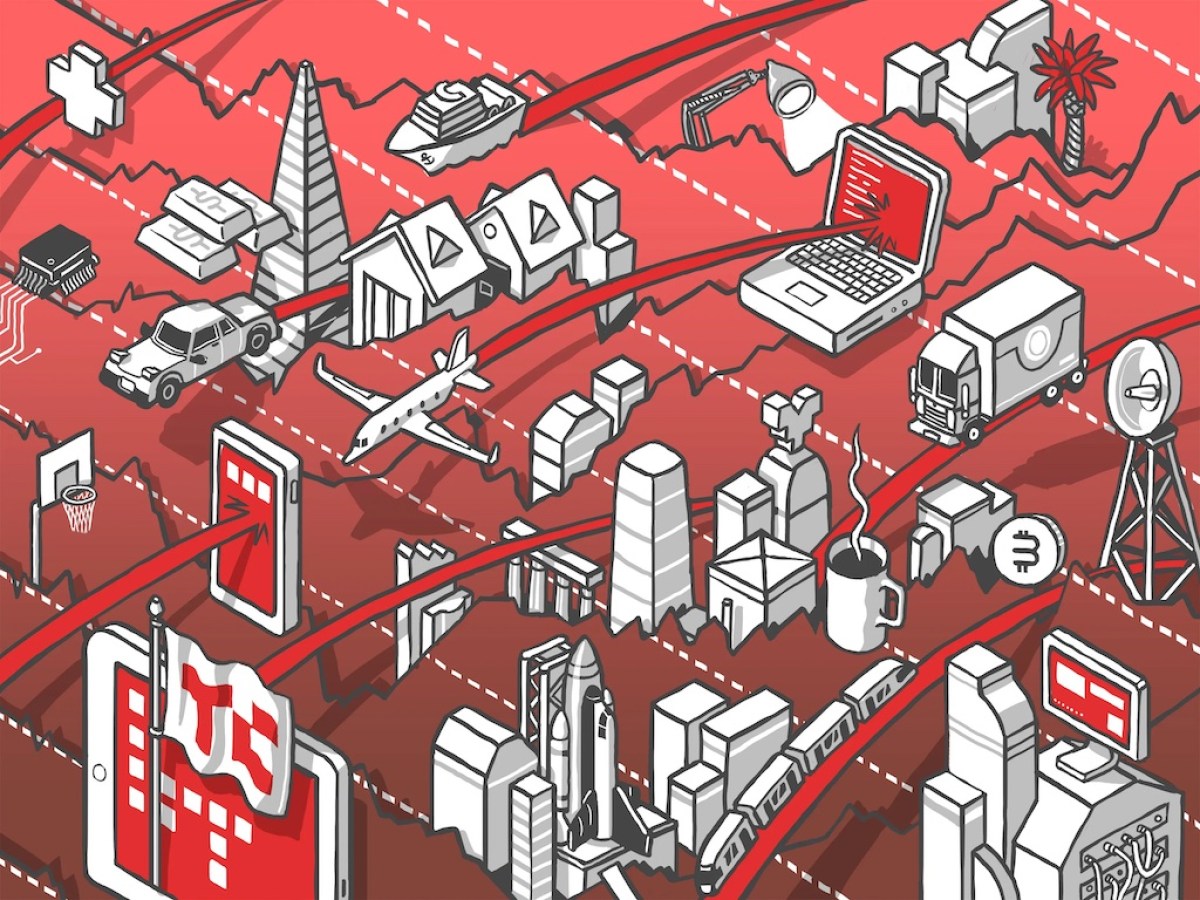5 ways to say no to pointless meetings

Meetings were the one thing no one missed in the months away from the office due to the coronavirus pandemic. Of course, we found a way to fill that void during lockdown and instead sunk hours into back-to-back video meetings on Teams and Zoom.
Now, in the hybrid-working age, most of us face a mix of in-person and virtual meetings — and while some of these get-togethers are useful, many are a complete waste of time.
Also: 5 ways to explore the use of generative AI at work
So, how do you say no to pointless meetings? Five business leaders give us their best-practice tips.
1. Ask whether the session is valuable
Many employees who withdrew from offices at the outbreak of the pandemic discovered they were much more productive at home.
Brad Woodward, head of data at women’s lifestyle retailer Hush, says that the productivity gap persists in the hybrid-working styles of the post-COVID age.
“I go into the office two days a week, but I would say those two days in the office — in terms of getting work done — are my least productive,” he says.
Also: Hybrid working or back to the office: 5 ways to keep everyone engaged
“You’re in the office, you’re in meetings, people come and talk to you, you go to the kitchen to get a coffee, and you end up having a chat because you haven’t spoken in a while.”
While those catch-up sessions can build camaraderie, they can also eat into your working day. Woodward says it’s crucial to set clear boundaries for how your time is used in the office.
“Having worked in a couple of different companies, meeting culture really does vary wildly. Hush’s meeting culture isn’t too bad, but I’m quite clear — if someone puts a meeting in my diary, I always question whether this is something I need to attend,” he says.
“Is the meeting useful? And if I think it isn’t, I’ll always question it and say, ‘Do you really need me here? Am I really important in this meeting? Is this a valid use of my time?'”
2. Develop a conscious meeting culture
Alex Hibbitt, engineering director at albelli-Photobox Group, says the debate over the value of meetings is “an eternal workplace challenge”.
He says albelli-Photobox, which is a photo production specialist, does have a “conscious meeting culture” — and that means guidelines are in place for what constitutes an acceptable office get-together.
“We try and make sure all our meetings are effective,” he says. “Generally, we try and make sure there’s an agenda or a purpose. We try and avoid repeating meetings with no context.”
Also: 5 ways to be a better manager today
The albelli-Photobox group was formed through the merger of an English and a Dutch company in late 2022. While some people feel cross-border differences can create challenges, Hibbitt says the meeting of minds has helped to enforce the group’s conscious meeting culture.
“Being an Anglo/Dutch organization has helped fantastically with that. Saying, ‘I don’t think this meeting applies to me,’ is entirely OK with our Dutch colleagues in a way that maybe was slightly more uncomfortable for the English half of the organization,” he says.
“It’s become the norm now, which helps massively. And I’d like to think that all the meetings I go to are effective. Very few are window-dressing meetings in my experience these days.”
3. Craft time for creativity
Robyn Furby, technology adoption manager at insurance firm NFU Mutual, is another business leader who says a conscious approach to meetings and work time is crucial, especially in the post-COVID world of work.
“I think it’s about having conscious time. In this new, tech-enabled hybrid world, we must use our human side a bit more to be conscious,” she says.
Also: How to attract top tech talent, according to these business leaders
“There could be an overflow of information as we become more productive with the use of technology, such as generative AI. We’re going to have more information to consume. We’ll have more meetings to go to. So, we must be conscious of how we spend our time and how we think about crafting time.”
While knowing why you’re expected to attend a meeting is crucial, so is having time — whether it’s online or in-person — for ad hoc creativity sessions.
“Sometimes it’s important to have a meeting without a set agenda because I think that’s when the energy grows and the ideas come,” says Furby. “But I think a successful approach to meeting culture is about crafting time.”
4. Think about who should be involved
Adam Warne, CIO at fashion retailer River Island, says people must decide what’s best for them — and that can often mean choosing not to attend meetings.
“This is all about just doing the right thing for you,” he says. “People’s time is limited. You need to make sure that you are spending it in the best way possible. We encourage people to challenge whether a meeting is necessary.”
In fact, Warne says River Island rewards people for being prepared to have challenging conversations, whether that’s suggesting a meeting — or even a project — might be pointless.
Also: 5 ways to get better at handling difficult conversations at work
Warne believes there’s a formula for the right number of people in meetings, and there’s an exponential growth of complexity if more people attend.
“And so, we’re always challenging people to think about, ‘how can you get the best result with the fewest people possible?'” he says.
“Because for every one person you add, you’re not just increasing the complexity by one — you’re increasing it by a magnitude. I think success is just about giving people the permission to challenge whether a meeting should take place.”
5. Be prepared to leave if your work is done
Simon Liste, chief information technology officer at the Pension Protection Fund, says it’s crucial people stick to the agenda and recognize when they can’t contribute anymore.
“Create an ethos that says that if you go into the meeting, and if you’ve done your bit, you don’t need to be in there any longer than necessary,” he says. “It’s OK to get up and go.”
Liste says the way to avoid pointless meetings is to think carefully about how these sessions take place.
Also: Remote work tips: 3 things I’ve learned from doing it for years
“It’s about allowing the teams to go and set boundaries,” he says. “People need to engage with the chain of individuals in the meeting and ask whether they need to be there. That approach isn’t rude because pointless meetings aren’t an effective use of people’s time.”
Liste says it’s important everyone is mindful that people’s time is a commodity and setting aside space in a diary can be tough.
“Make quick decisions and avoid 60-minute meetings,” he says. “Aim to close them down as quickly as possible to give people the time to stay refreshed, especially if they’re in back-to-back sessions. Think about how long people can sustain interest and when you’re going to feel maxed out. No one is superhuman.”




